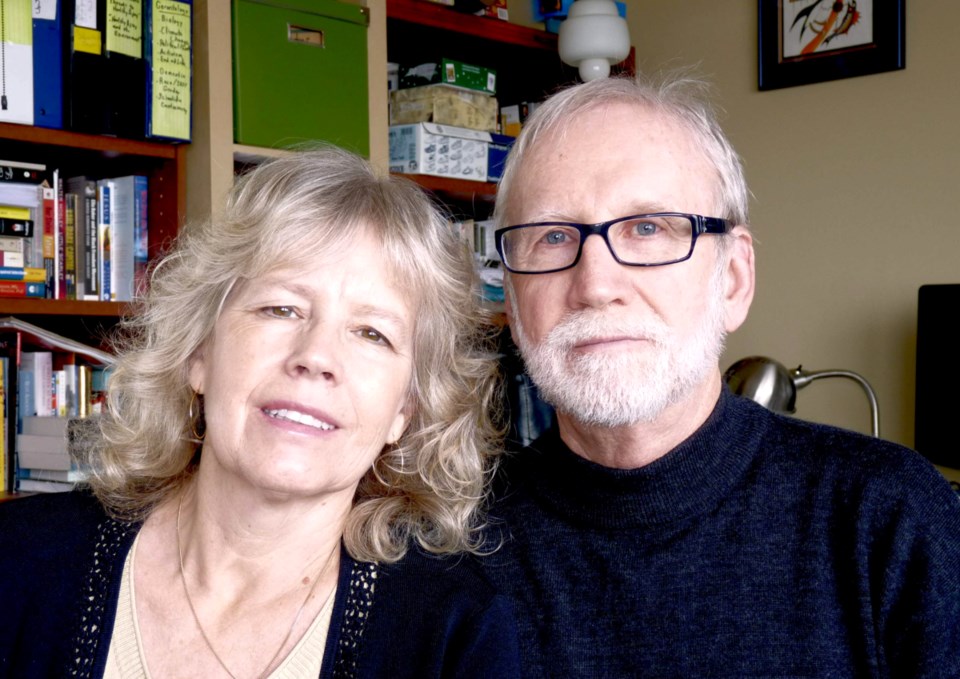Cathy Dobson
Two researchers responsible for documenting the devastating impact of asbestos in Sarnia workplaces are now alerting the public about on-the-job violence faced daily by Ontario health-care workers
Nurses, personal support workers, clerical, security and cleaning staff are regularly subjected to physical, verbal and sexual violence, say Jim Brophy and Margaret Keith.
“I have not talked to a health-care worker who does not immediately connect with this issue, has either been assaulted or knows someone who has, said Brophy.
“The reason the public doesn’t know about it is health-care workers are silenced. They are afraid to talk about this for fear of being fired.
Those who do report violence often receive no support and told to go back to work. “Or the victims are blamed for it,” he said.
Labour groups hired Brophy and Keith to conduct three studies on the prevalence of violence among hospital workers, long-term care workers, and health workers in the early months of the pandemic.
The findings were shocking, they said.
They spoke to more than 200 workers and heard about devastating physical workplace injuries that included being doused with hot coffee, punches to the face, teeth knocked out, biting, racially-motivated assaults, ribs broken, and arms bruised, said Keith.
The violence is widespread, said Brophy, who cited an incident last month in which a man with a BB gun walked into the emergency department at Bluewater Health in Sarnia.
The 22-year-old, who appeared to be under the influence of drugs, threated and terrified staff and patients, he said.
Hospital staff ran for cover when he entered the hospital with the BB gun replica of a real handgun. The incident ended without injury and the man was arrested and charged.
Though that incident was made public, most violence against health-care workers goes unreported for fear of reprisal, said Keith.
All health-care sectors experience violence, but the greatest risks are at hospital ERs, where patients arrive with all kinds of psychiatric and physical problems, she added.
Keith and Brophy were so disturbed by the findings they wrote a book to “give voice” to silent employees.
Code White: Sounding the Alarm on Violence Against Healthcare Workers is an uncomfortable read but an important one, said Keith.
“We believe it’s an eye-opener that just might inspire readers to cry foul. The bottom line is that health-care workers are being exploited.”
Legislation and regulation is needed to prevent workers from quitting, said Brophy.
“If we don’t take it seriously, we will see more exit the profession.”
He said he’s concerned governments will cut health funding once the pandemic ends and make matters worse if new laws are not passed.
One hopeful sign is a bill introduced by Sudbury MPP France Gelinas calling for whistleblower protection for health-care workers who speak up about violence on the job.
Keith and Brophy are former administrators at the Occupational Health Clinic for Ontario Workers (OHCOW) in Point Edward.
They were guest speakers at a recent meeting of the Unitarian Fellowship of Sarnia/Port Huron.
